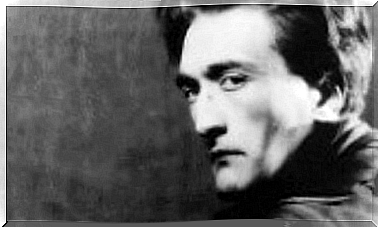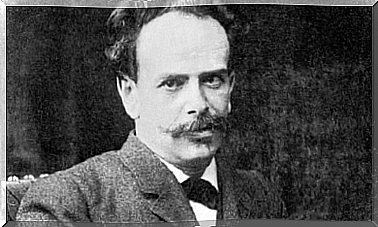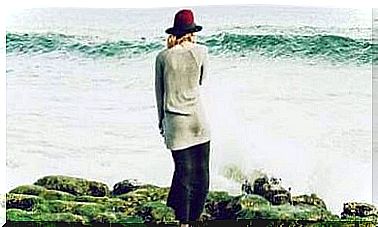The Labyrinth Of The Faun: When Disobeying Is A Must
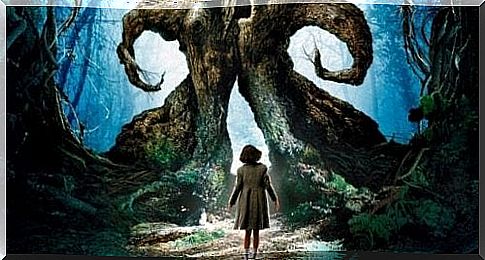
The labyrinth of the faun (2006) is considered by many to be the masterpiece of director Guillermo Del Toro, the film that best expresses his cinema, his passion, his imagination. The success of the film is indisputable, it has won numerous awards including three Oscars: best photography, best art direction and best makeup.
The story is set in one of the saddest periods in the history of Spain: the postwar period, when hunger and misery brought Spanish society to its knees. A time when it was difficult to imagine, dream or believe in fairy tales. International isolation, submission to a single ideology (fascism) and misery were the order of the day for a large part of the Spanish population.
The labyrinth of the faun presents us with two stories that end up merging into one. The simultaneity of the stories begins immediately: while a voiceover tells us about a princess who lived long ago in an underground kingdom, we read some titles that take us back to post-war Spain (“hidden in the mountains, armed groups continue to fight the fascist regime, which is fighting to suffocate them “). At the same time, a melody with purely fantastic notes can be heard in the background together with the agitated breathing of a suffering child.
The girl is Ofelia, the link between the two stories. From the harshest reality, the submission to the regime and the resistance of the anti-Franco guerrillas, The labyrinth of the faun takes us into the fantasy world of a child, towards the imagination and innocence that many have lost during the war. Del Toro manages to fascinate us with his aesthetics, with his underground world which, like that of humans, is not without dangers.
Fantasy and reality, fairy tales and misery, but above all, disobedience, all this is The Labyrinth of the Faun.
Why Ofelia?
Ophelia The name refers to ‘ Hamlet by Shakespeare. Ofelia, daughter of Polonius and sister of Laertes, is the promise of Prince Hamlet; she loses her mind following the death of her father (killed by mistake by Hamlet), and madness makes her a childish, innocent and tragic character.
His death, never represented on stage, is narrated by Gertrude, Hamlet’s mother, and is considered one of the most poetic deaths in literature. Ofelia is a woman destroyed by her father’s love and death and is the perfect representation of woman, innocence, love and death, thus inspiring a long series of paintings in Romanticism. The narrative of his death is magical, it is a fusion with nature, not a distressing death, but a serene one.
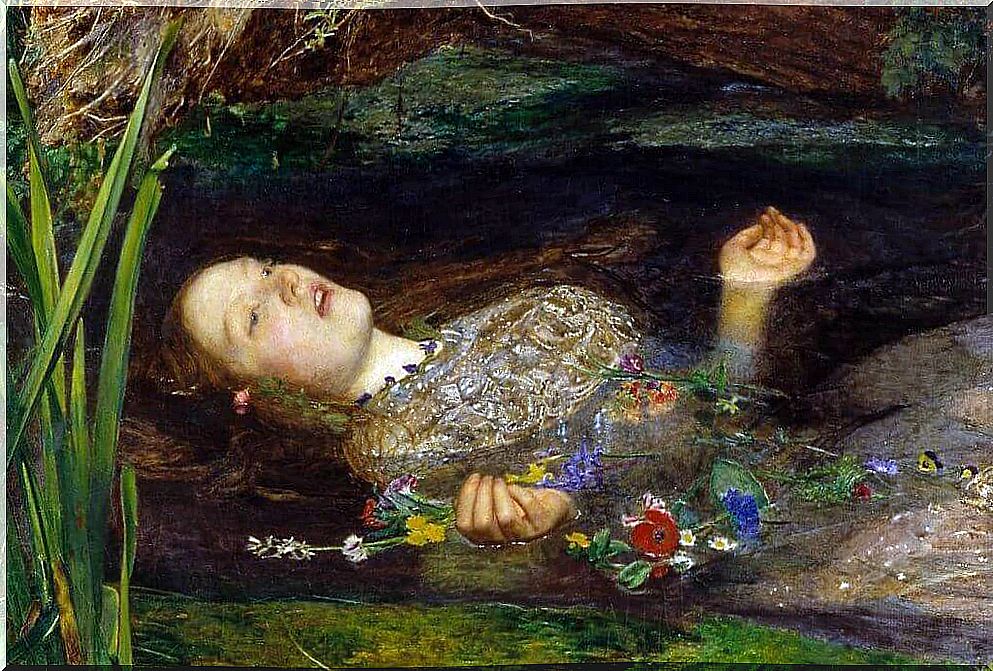
Even the Ophelia in Shakespeare appears submissive and obedient to the world of men. However, once she lost her mind, her submission begins to fade and we see her accompanied by another woman, Queen Gertrude. The image of Ophelia’s death is associated with a mystical, almost fantastic dimension, as if a being from another world were returning to its natural state.
The choice of this name for The Labyrinth of the Faun is therefore not accidental, but wants to associate the innocent girl in the film with the character of Shakespeare. There is also a certain similarity between Carmen, Ophelia’s mother, and Queen Gertrude; both, once widows, marry a vile man. Carmen contracts marriage with Captain Vidal, in the service of Francoism sent to the Pyrenees to fight the republican guerrillas.
The role of the woman in The labyrinth of the faun
The society depicted in The Labyrinth of the Faun does not respect women. Carmen represents the values of the traditional wife, submissive to her husband; Mercedes, who works in the house in Vidal’s service, assumes a break with these values and, even if it would seem faithful to the captain, is
involved in the struggle of the anti-Franco guerrillas. Ofelia also lives a parallel story to that of Mercedes, and her assignment is to bring serenity to the underworld.
Del Toro wants to paint patriarchy in negative terms, and for this purpose he decides to highlight the role of women. In the underground realm there is no sun, the moon predominates, an element full of feminine connotations due to its relationship with the menstrual cycle and motherhood. In the world of humans, the sun will blind the princess and make her forget her past. The sun takes on a negative connotation by representing man.
The mandrake also appears, whose roots are very reminiscent of a human figure. Ofelia dips the mandrake in milk and puts it under the bed to help the mother during her pregnancy.
Captain Vidal will be the great antagonist of this tale, and embodies all the patriarchal values that Ofelia opposes. Two stories and two worlds: the underground one represents the innocence of the girl and the woman; the real world is hostile, war-wounded and associated with man.
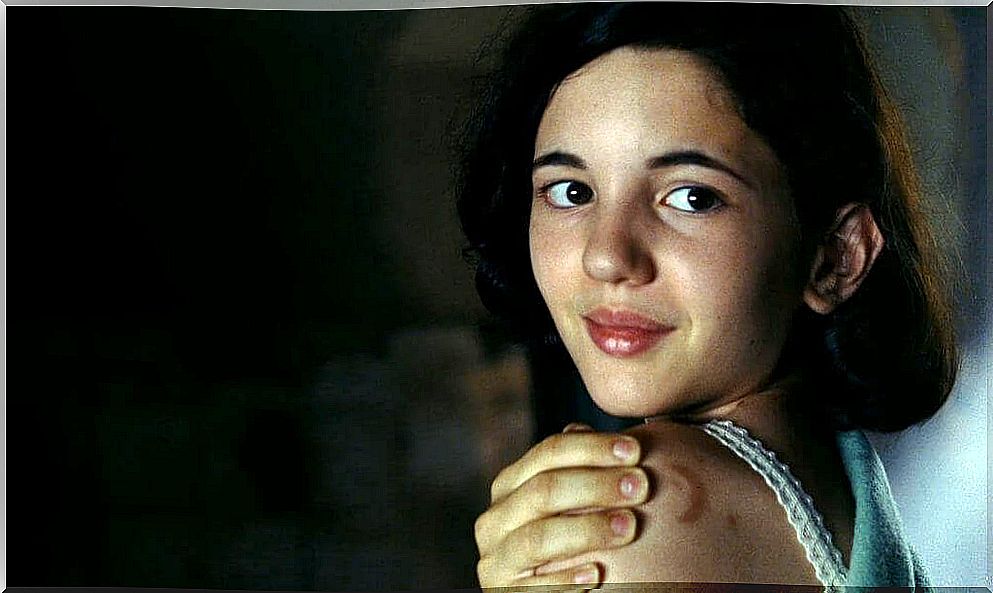
Symbolism
At the beginning of agriculture, some tribes such as the Bushmen considered the underworld a place bound to the passage between life and death, to magic. Many tales of the oral tradition speak of little girls who, having fallen into the underground world, live an experience that will transform them into women. The loss of innocence and the child’s metamorphosis are therefore associated with this world.
The underground world is characterized by the presence of animals with human characteristics, it is a world full of trials, temptations and guides that we cannot always trust. These stories have a strong didactic character, a bit like myths, and the same happens with The labyrinth of the faun.
The faun represents the bucolic contact with nature, it acts as a connection between the two worlds, but it is not a completely reliable character; the labyrinth is the search for truth, but also danger; the tree and blood are associated with life, the pale man represents the power and oppression of the real world; Captain Vidal, always attached to his watch, is the representation of time and the god Cronus.
The number 3 is a constant in the film (Ophelia’s 3 trials, the 3 fairies…); in ancient mythology, this number represented divinity, while in the Christian religion it is associated with the nature of God and the Holy Trinity. Del Toro therefore constructs a perfect, divine universe, as if it were a myth.
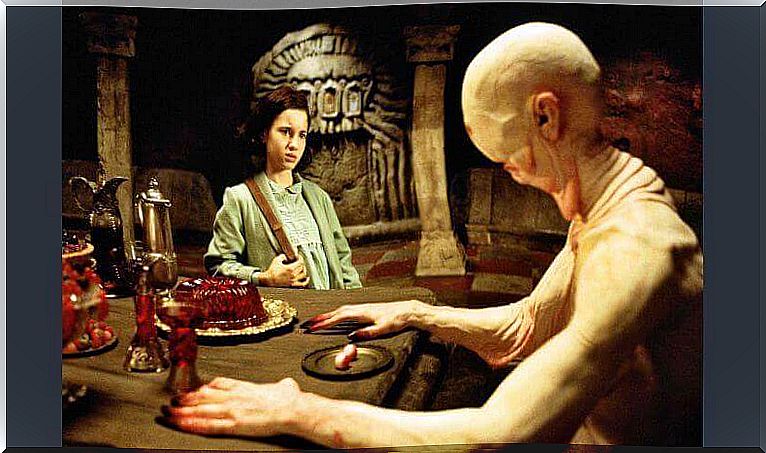
And, as in all myths, it is governed by a teaching: disobedience. Del Toro shapes a reality where there is a single line of thought, a reality in which disobeying becomes an obligation; various characters, such as Mercedes, the doctor and the guerrillas decide to disobey. Disobedience thus takes on two faces: it leads to error when Ofelia falls into the temptation to try the fruits she finds on the Pale Man’s table, but it turns out to be the right choice when she decides to disobey the fairies.
The characters represent reality, but they are drawn according to archetypes : there are no neutral characters, only good or bad. Del Toro takes a completely subjective and never impartial position, clearly positioning himself on the side of the resistance, the guerrillas and all the characters who disobey, praising femininity moreover.
After watching the film, the question is one: Is Ophelia’s adventure real or is it the fruit of a little girl’s imagination? Del Toro says it clearly, it’s all real.


